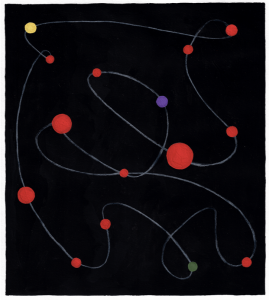- As the explorer begins the longest unsupported polar journey
in history, he turns his thoughts to motivation
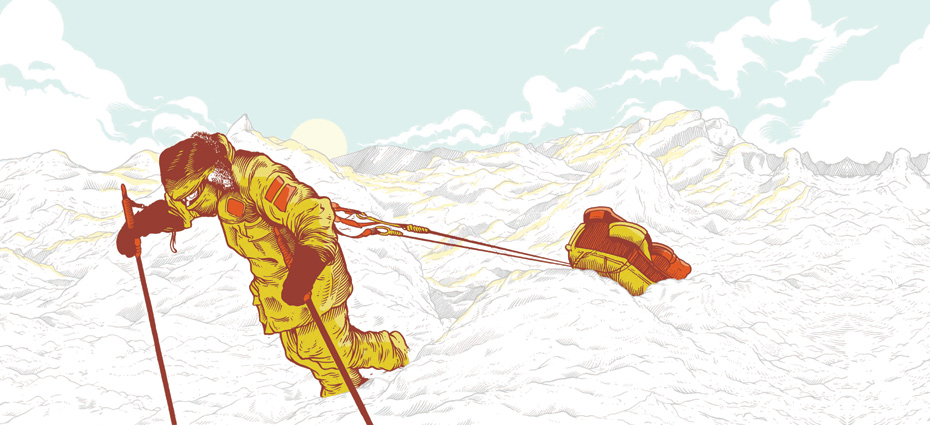 It is the coldest, windiest, highest-altitude continent on Earth. It’s situated almost entirely south of the Antarctic Circle and is surrounded by the Southern Ocean. At 14 million square kilometres (5.4 million square miles), Antarctica is almost twice the size of Australia, and the same size as India and China combined.
It is the coldest, windiest, highest-altitude continent on Earth. It’s situated almost entirely south of the Antarctic Circle and is surrounded by the Southern Ocean. At 14 million square kilometres (5.4 million square miles), Antarctica is almost twice the size of Australia, and the same size as India and China combined.I’ve always struggled with ‘explorer’ as a job title, and when I’m pushed for an alternative I’ll fumblingly explain that in many ways I see myself as an athlete rather than an explorer, at least in the Edwardian sense of the word. Today we can map Antarctica’s ranges, glaciers and valleys by satellite, and there’s a permanently-manned, centrally heated base at the South Pole (complete with cafeteria and full-length basketball court). Yet no one has ever walked further in Antarctica than Captain Scott on his ill-fated Terra Nova expedition, a journey where he and his teammates trekked nearly 1,600 miles at the very ragged edge of human capability before perishing, utterly exhausted, in their frost-lined tent.

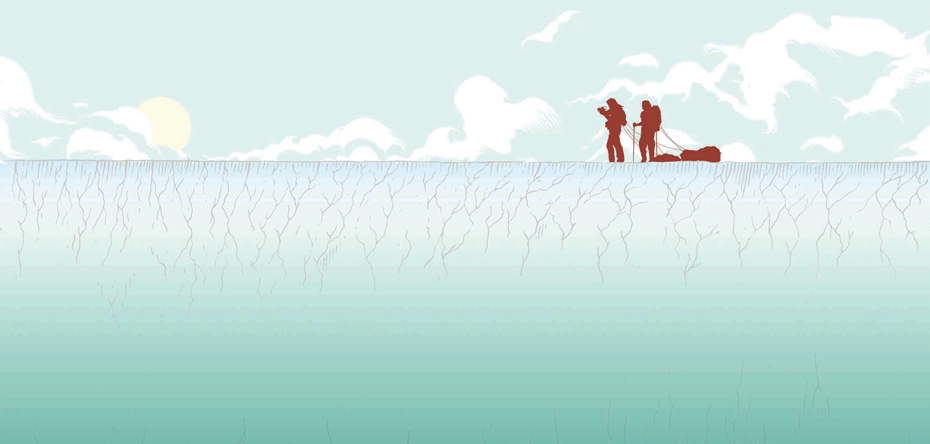 A century after Scott, we are still fascinated by the motive forces that propel us as human beings, and our map of that terrain seems at best rather vague. I’ve spent plenty of time as a lab rat on a treadmill, breathing into a mask, electrodes stuck to my chest and blood samples being taken from earlobes and fingertips to measure oxygen saturation, blood glucose and lactic acid levels. I’ve been given reams of printed data about my physiology, I know my VO2 max, my body composition, my watts per kilo. Yet when the tests have been run I’ve also had sports scientists look at me and ask quietly, with eyebrows half-raised in wonder, “What do you think will keep you going when things are really tough?”
It’s approximately 98% covered by ice, which is on average 1 mile (1.6km) thick. And the ice contains roughly 70% of the Earth’s fresh water.
A century after Scott, we are still fascinated by the motive forces that propel us as human beings, and our map of that terrain seems at best rather vague. I’ve spent plenty of time as a lab rat on a treadmill, breathing into a mask, electrodes stuck to my chest and blood samples being taken from earlobes and fingertips to measure oxygen saturation, blood glucose and lactic acid levels. I’ve been given reams of printed data about my physiology, I know my VO2 max, my body composition, my watts per kilo. Yet when the tests have been run I’ve also had sports scientists look at me and ask quietly, with eyebrows half-raised in wonder, “What do you think will keep you going when things are really tough?”
It’s approximately 98% covered by ice, which is on average 1 mile (1.6km) thick. And the ice contains roughly 70% of the Earth’s fresh water.
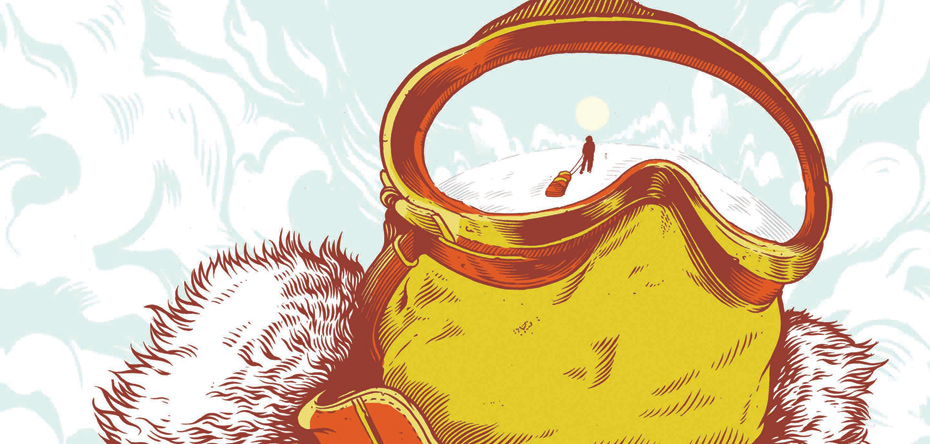 Antarctica experiences 24-hour daylight in summer (October – February), and 24-hour darkness in winter (March – September). The sun sets in March for the winter and rises again in October. Ben and team-mate Tarka will face 24-hour daylight for the duration of their journey.
Antarctica experiences 24-hour daylight in summer (October – February), and 24-hour darkness in winter (March – September). The sun sets in March for the winter and rises again in October. Ben and team-mate Tarka will face 24-hour daylight for the duration of their journey.When I skied solo to the North Pole in 2004, a 72-day journey alone on the frozen surface of the Arctic Ocean, there were days when the going was so tough – and the likelihood of achieving the goal I’d set myself appeared so improbable – that part of my mind seemed to be constantly looking for a way to quit with my pride intact – the same part of me that was often secretly disappointed I hadn’t sustained an injury serious enough to call for an evacuation flight.

 Antarctica belongs to no one nation, although there are a number of territorial claims. It is governed by the Antarctic Treaty, which outlines a set of principles.
Antarctica belongs to no one nation, although there are a number of territorial claims. It is governed by the Antarctic Treaty, which outlines a set of principles.
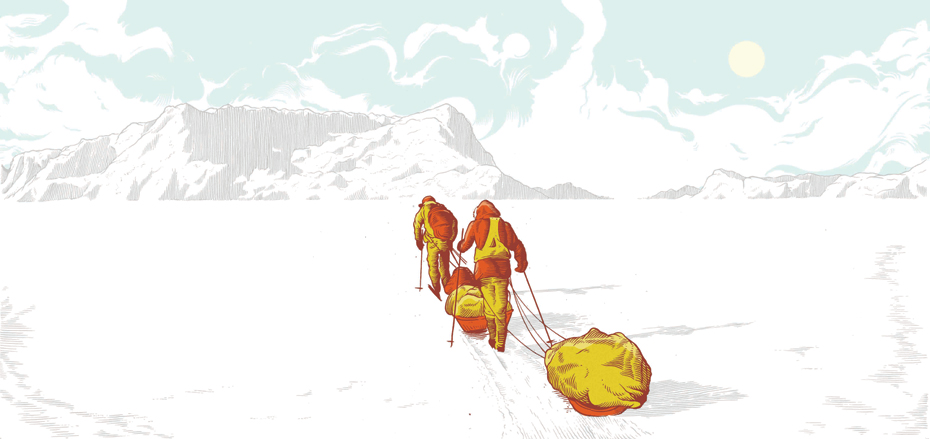 I’m not sure I’ll ever be able to wholly articulate what drove me on during the darkest days of that journey, but imagination and curiosity played a bigger part than the grit and bloody-minded determination that people might imagine. Charles Darwin described his motivation as a longing “to set foot where no man has trod before” and while Antarctica isn’t quite the uncharted geographical unknown it was a century ago, it is this same urge to see what lies over the horizon that draws me to the deep-frozen South and its vast white crucible of human endeavour.
Illustration Tim McDonagh
I’m not sure I’ll ever be able to wholly articulate what drove me on during the darkest days of that journey, but imagination and curiosity played a bigger part than the grit and bloody-minded determination that people might imagine. Charles Darwin described his motivation as a longing “to set foot where no man has trod before” and while Antarctica isn’t quite the uncharted geographical unknown it was a century ago, it is this same urge to see what lies over the horizon that draws me to the deep-frozen South and its vast white crucible of human endeavour.
Illustration Tim McDonaghBen is a polar explorer and endurance athlete currently undertaking the longest unsupported polar journey in history, The Scott Expedition. Read his blog post on day one of the expedition here
The Scott Expedition is a 1,800-mile (2,900km), four-month unsupported return journey from the coast of Antarctica to the South Pole on foot following Scott’s exact route. Equivalent to 69 back-to-back marathons, the team will face temperatures as low as -50 °C and will haul sledge loads of up to 200kg each.
Subscribe to Port Magazine annually and receive each issue to your door.
Get PORT in print